Foodies aren’t the only ones who can enjoy a range of mustards.
Along with those gourmet pots of the popular condiment that are made from the seeds, with flavors like “champagne” and “honey Dijon,” gardeners can sample all sorts of mustard greens when they grow their own supply.
And while the spreads complement sandwiches and roasts, the spicy broadleaf or Asian leafy greens offer substantial nutrition and delicious flavor in stir fries, stews, and salads.
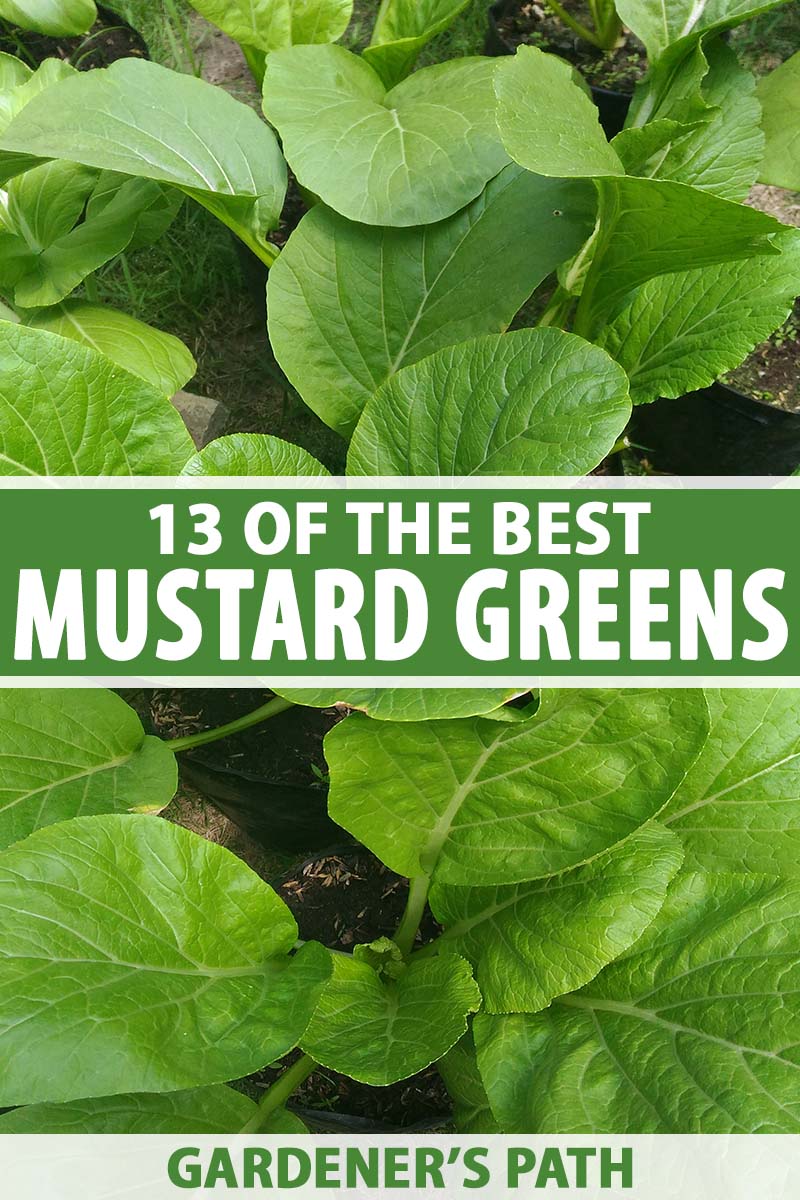
We link to vendors to help you find relevant products. If you buy from one of our links, we may earn a commission.
But before we talk about eating them, let’s talk about growing mustard in your garden. The first step there is choosing a variety that does well in your area and appeals to you.
I personally am a big fan of ‘Red Giant,’ because I’m always fond of anything that grows fast, gets tall, and tastes great.
‘Red Giant’ provides leafy ingredients for many dinners, with plenty left over for freezing, all from a single packet of inexpensive seeds.
I’m the first to admit, though, that there are many other appealing options. Other gardeners’ top choices may be smaller, sweeter, spicier, or have a different leaf texture than my old favorite.
Coming up, I’ll be sure to give other varieties equal time with ‘Red Giant.’ I’ll also help you decide which one is best for your garden, whether you’re contemplating baby leaves, microgreens, mature heads, or even homegrown green manure.
First, I want to be clear on one point:
When you think of mustard greens, you may be thinking of something different than what’s immediately called to mind by your neighbor, spouse, or that chef whose cookbook you’re thumbing through.
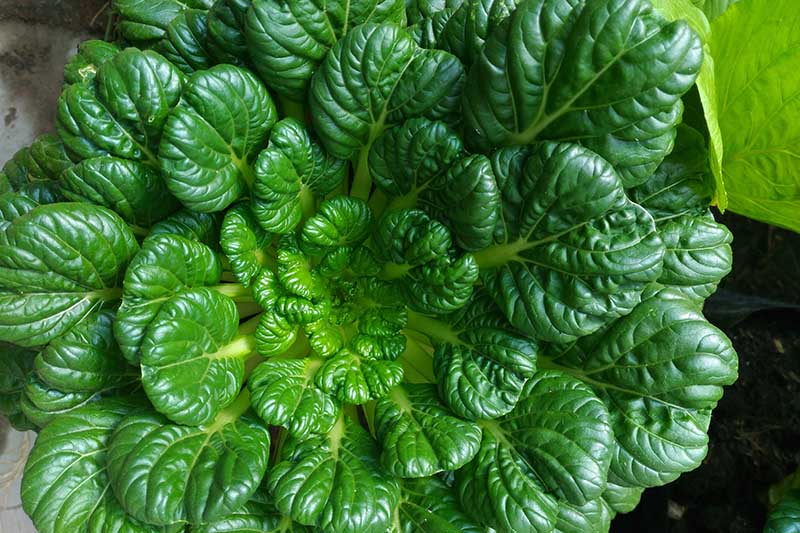
“Mustard” varieties are all part of the Brassicaceae family and Brassica genus, but they may be a part of the B. juncea, B. rapa, B. nigra, B. hirta, or Sinapis alba (formerly B. alba) species.
Some grow giant leaves, the type most common in Southern cooking.
Others have serrated or frilly leaves, or are standouts in the Asian greens category.
A few combine one or more of these traits.
Happily, most of them are easy to grow and have similar requirements, which you can read more about in our growing guide.
But here, I’ll concentrate on sharing useful information about how fast different types grow, what they’re used for, how they taste, and what texture the leaves have.
These are 13 of the best varieties to consider for your garden.
13 Top Varieties of Mustard Greens to Grow at Home
1. Amara
This open-pollinated, blue-green B. juncea cultivar hails from Africa, which is how it got the nickname “Ethiopian kale.”
But technically, it’s a mustard, and one of the mildest. And like the rest of the varieties recommended here, it’s easy to grow.

The baby leaf harvest starts just three weeks after direct sowing, so have your salad bowl ready. At 45 days, they’re fully mature and large enough to toss into the steamer, wok, or stew pot.
‘Amara’ seeds are available in packets of 500 from Mustard and Co. via Amazon.
2. Florida Broadleaf
This one is a gentle giant, with its subtle hint of spice and ability to grow as tall as 25 inches in just 45 days.
I like to add shreds of B. juncea ‘Florida Broadleaf’ to my special cheddar and green onion grilled cheese on sourdough bread, but maybe that’s just me.
Most folks eat them sauteed or stewed in broth or with some sort of pork flavoring, like bacon salt, country ham, or smoked ham hocks. Us Southerners call that a “mess of greens.”
‘Florida Broadleaf’ seeds are available from Eden Brothers in packets of various sizes.
3. Green Wave
B. juncea ‘Green Wave’ is to mustard greens what ballpark yellow is to the condiment made from the seeds.
Reliable and tasty, it’s just medium-hot, with very quick-growing green ruffled leaves.
You can pick the small leaves for salad greens at 21 days, and the jumbo mature leaves are ready in 45 days.
Steam or saute full-size ‘Green Wave’ picked from the garden, and it will become more savory and not as sharp as it is when raw.
And ‘Green Wave’ is a season stretcher, slow to bolt and quite cold tolerant.
You can find ‘Green Wave’ seeds available from True Leaf Market.
4. Kodiak
This cultivar of B. juncea is sold especially as a green manure cover crop. You plant it as a soil builder following spring, summer, or early fall crops.
It grows really fast, providing a biomass that will keep weeds from establishing a stronghold in any season. The deep roots also prevent soil nutrients from eroding in heavy rain or strong winds.
And ‘Kodiak’ keeps on giving. When it’s done covering the soil to benefit the next crop, you can chop the leaves fine with a hoe or clippers, and then turn the whole plant under the soil for added aeration and to encourage earthworms.
Perhaps most exciting of all, this mustard provides a natural way to suppress unwanted nematodes in the soil.
It’s not too tasty, but with all those other pluses, it doesn’t need to be. Save the space in the veggie patch for other edible varieties, and put this one to good use in other ways.
‘Kodiak’ seeds are available from True Leaf Market.
5. Mizuna
There are some unusual varieties of mizuna (sometimes spelled “mizunu”), but a lot of what you’ll see for sale is simply this basic variety.
B. rapa var. japonica has bright green, serrated leaves that grow from thin stalks, and it adds a touch of wasabi heat to pizza, stir fries, or salads. Big harvests are also great for adding to homemade juice.
The plants adore full sun, and will spread 12 inches and reach about 16 inches tall in a speedy 30 to 45 days.
This peppery fast-grower has another advantage, too: It’s a “cut and come again” variety, so you can have your stir fry ingredients growing on a continual basis.
Mizuna seeds are available from Burpee.
Read more about growing mizuna greens here.
6. Osaka Purple
B. juncea ‘Osaka Purple’ is quite the 21st-century foodstuff pepper-upper.
It adds bite to a microgreen mix, for example, both as a sushi garnish or part of mesclun mix drizzled with vinaigrette. And its verdant leaves with their purple highlights add some color, too.
It will grow four to six inches tall in a matter of weeks, and you can harvest it then for salad or a veggie saute.
That pretty purple can inspire lots of kitchen experimentation. Consider starting by using ‘Osaka Purple’ to replace the beet greens in this recipe for sauteed fresh garlic greens from our sister site, Foodal.
It reaches full size in 45 days. And at that point, it’s a standard for stir fries. The mature leaves pair best with other vegetables that aren’t quite as spicy, like bok choy, carrots, or snow peas.
You can find ‘Osaka Purple’ seeds available at True Leaf Market.
7. Purple Wave
This open-pollinated B. juncea cultivar taps the best of its two parents,’Osaka Purple’ and ‘Green Wave.’
It boasts that appealing light purple color and frilled leaves. The taste is hot, not in a shy way.
And like the other “wave” types of mustard greens, ‘Purple Wave’ grows big and bold in a hurry.
You’ll be able to pick plenty of heaping helpings from just a few plants, so plan to have seconds!
You can find ‘Purple Wave’ seeds in a variety of packet sizes available at True Leaf Market.
8. Red Giant
This was the first type of mustard I ever watched grow in my own backyard. It seemed like one day it was baby leaf, the next it was plate-size.
I was a little tentative sampling that first outsized magenta leaf, but I’ve grown quite fond of the spicy bite and the crinkly leaves.
They grow so quickly, reaching full maturity in 40 days, that I’ve never had time to pick the smaller leaves to use in a salad.
But I understand they’re great enjoyed young in salads, and I know from experience that they make a tasty steamed side dish or stir fry.
I also like to mix a few leaves with fresh homegrown spinach to spice up a homemade crustless feta quiche.
And this variety is definitely the procrastinator’s friend. You can plant seeds ahead of the last frost in spring, or wait through the entire summer and plant them just a few weeks before the first frost in autumn, and still get a bonanza harvest.
That’s a boost if you didn’t plant enough in summer, or can’t wait to sample something green (okay, dark red!) in early spring.
B. juncea ‘Red Giant’ seeds are available from True Leaf Market.
9. Red Tatsoi
Tatsoi forms sweet rosettes that are almost too pretty to eat. In red, those floral shapes are even more appealing as ornamentals.
But you’ll want to nosh on this Asian green, B. rapa var. narinosa, too.
The leaves are crispy with a mild bite. They’re delicious in salad when young, or stir fried when they’re more mature. And the ribs are crunchy with a note of celery flavor.
This one does take a bit longer than the old-fashioned giant mustards to reach maturity, usually about 60 days. If you’re impatient, grow this as a microgreen, ready just 7-10 days after sowing.
While it won’t overwinter, ‘Red’ tatsoi is still cold-hardy. You can pick a few leaves from the garden even after the first snow.
‘Red’ tatsoi seeds are available from True Leaf Market.
10. Rosette Tatsoi
This is mustard at its mildest – and most beautiful. B. rapa var. narinosa ‘Rosette’ is an heirloom that grows foot-wide rosettes with deep green, spoon-shaped leaves.
The greens are tender and sweeter than most Asian greens, with just a touch of tangy flavor. Some gardeners like to plant the gorgeous rosettes as part of an edible landscape – they’re that pretty.
11. Tendergreen
I love spinach, but I’m not a huge fan of its super-short growing season here in the South. If I plant it in March, it bolts by late April.
This variety, often called Japanese mustard spinach, (B. rapa var. perviridis) fills in for the early bolter.
The smooth leaves grow quickly, ready in 35 to 40 days. But they’ll stick around weeks longer than spinach, being particularly heat- and drought-resistant.
They’ll grow tall, almost two feet, without losing their flavor.
As for the taste of ‘Tendergreen,’ known as Komatsuna in Japan, it does have some spice, but it’s more of a nudge than a kick.
Mostly, ‘Tendergreen’ produces sweet, tender, fleshy leaves you can use in any recipe that calls for fresh spinach.
You can also blanch it and pop a few cup-size bags in the freezer to have a spinach substitute for dips, quiches, and such.
‘Tendergreen’ seeds are available from Burpee.
12. Tokyo Bekana
This B. rapa var. chinensis is a favorite for microgreens, baby greens, and a variety of uses in Asian cuisine. It’s a far cry from what you might be expecting if you grew up eating greens stewed in big pots with beans.
‘Tokyo Bekana’ is crunchy and light, resembling pak choi more than mustard greens like ‘Florida Broadleaf.’
I like the ruffled leaves, the light green color, and the fact that it will tolerate light frost, which isn’t true of all Asian greens.
‘Tokyo Bekana’ seeds are available at True Leaf Market.
13. Wasabi
Also known as “Wasabina,” this green should never be confused with a bona fide Japanese wasabi root. It does deliver a similar punch in flavor as the popular sushi condiment, however.
Mustard wasabi, B. juncea var. wasabi, can add zip to your microgreen mix, and it’s a fast starter. You can expect to harvest two- to three-inch sprouts just 10 days from planting.
Or let the leaves mature, a process that takes about 45 days, and use them fresh in spring rolls, stir fries, or as part of a braised pot of pork-enhanced Southern-style greens.
Like its namesake, it’s not for those who have mild tastes. Wasabi is hot from the day it sprouts to the day you tote the leftovers to the compost.
You can find seeds available in a variety of package sizes from True Leaf Market.
Find tips on growing and caring for wasabi plants here.
Colonel Mustard, In the Garden, With the Hoe
Just like that Clue game, picking one of these varieties can involve lots of decisions.
My solution to the ever-increasing demands on my garden space? I grow a couple in the spring, and then a couple more in the fall.
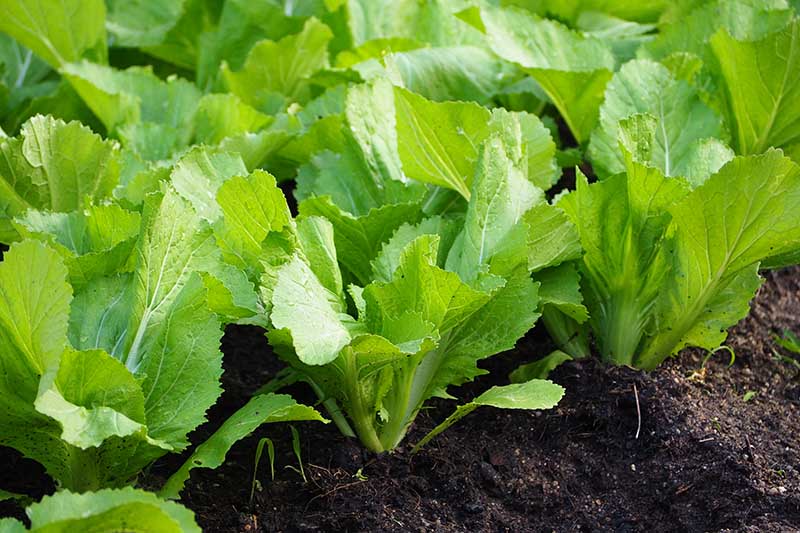
I may even put one in a container in the cool months, when it’s not too tough to keep up with the watering.
What about you? Do you have a favorite type, or tips for growing these spicy veggies? If so, ketchup with the comments section below! (I am also amazed I made it this far and this is my first pun…)
And for more information about mustard greens, check out these guides next:
- Health Benefits of Mustard Greens
- How to Save Mustard Green Seeds for Planting
- Best Companion Plants to Grow with Mustard Greens
- How to Prevent and Manage Common Mustard Green Pests and Diseases
© Ask the Experts, LLC. ALL RIGHTS RESERVED. See our TOS for more details. Product photos via Burpee, Mustard and Co., Eden Brothers, and True Leaf Market. Uncredited photos: Shutterstock.
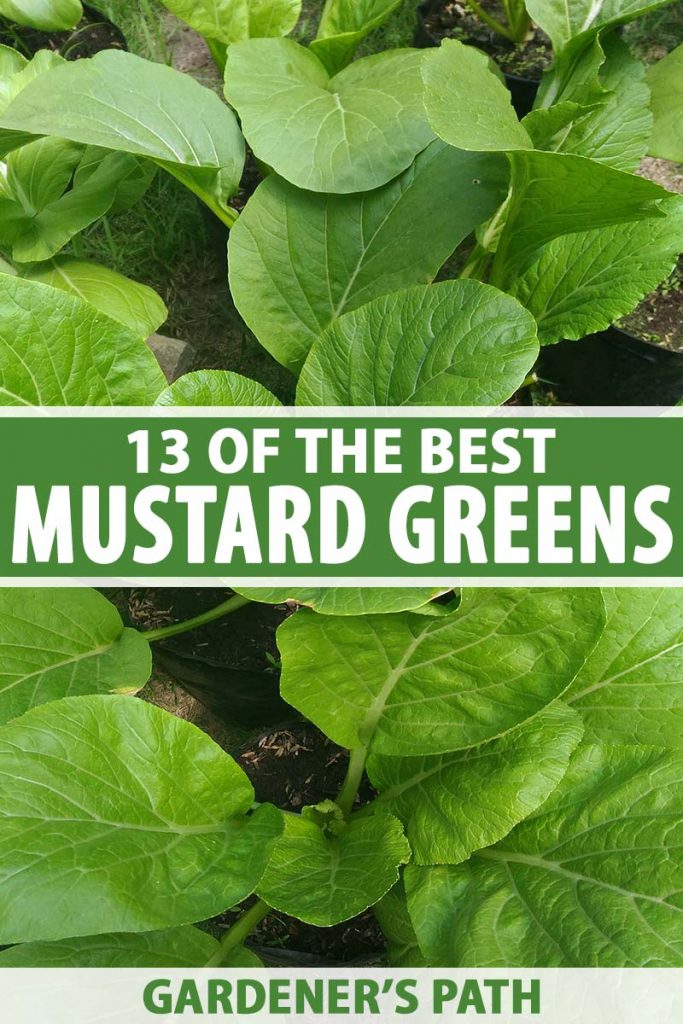
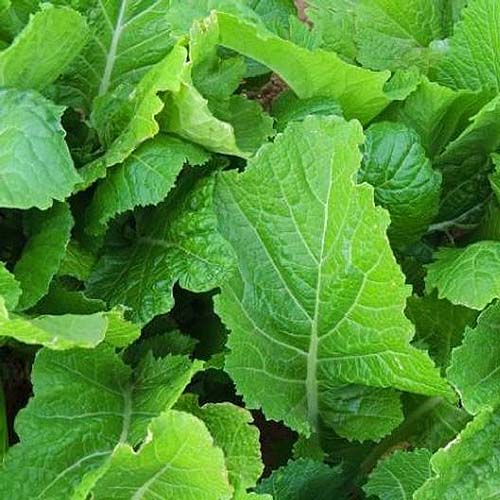

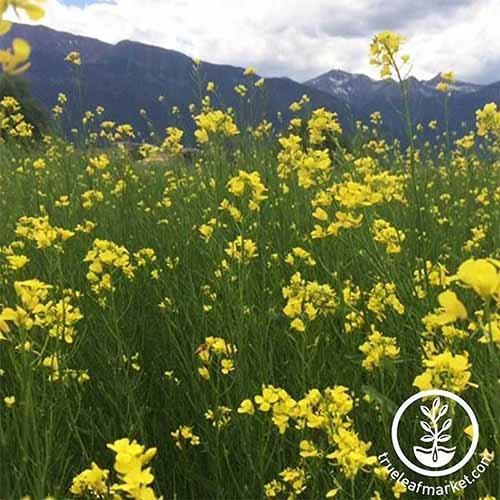
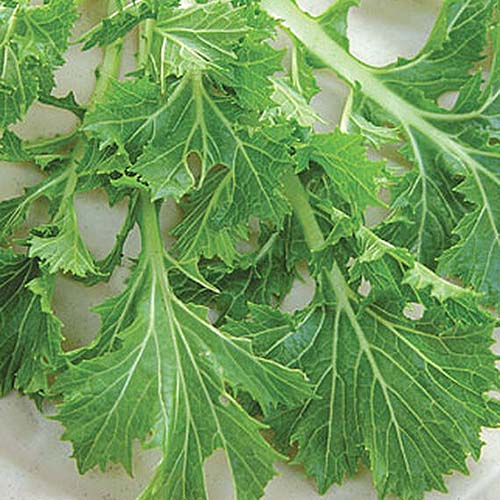
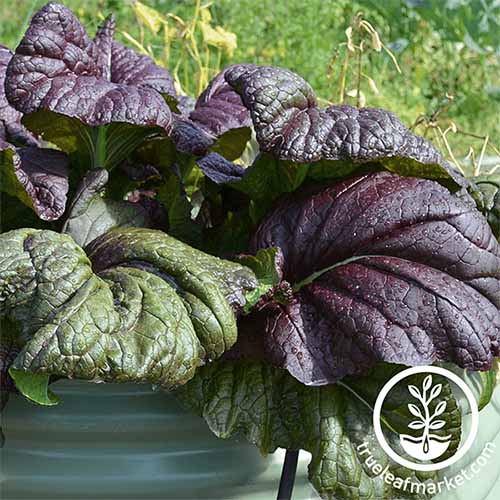
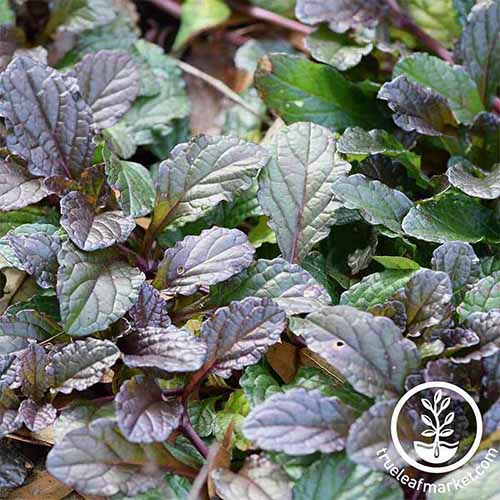
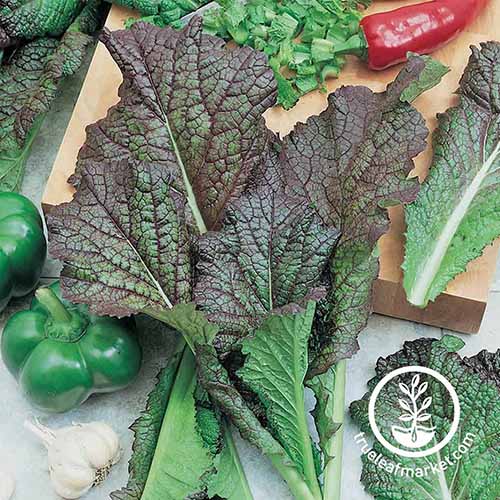
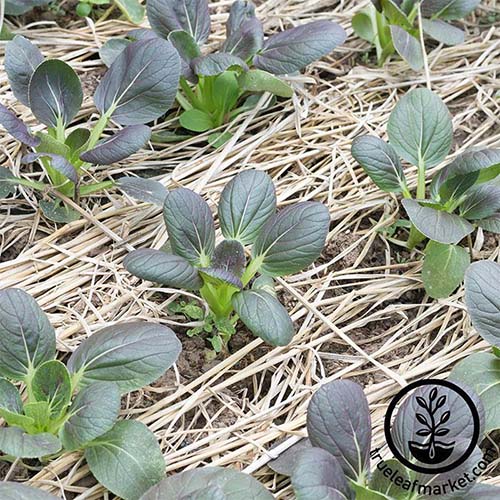
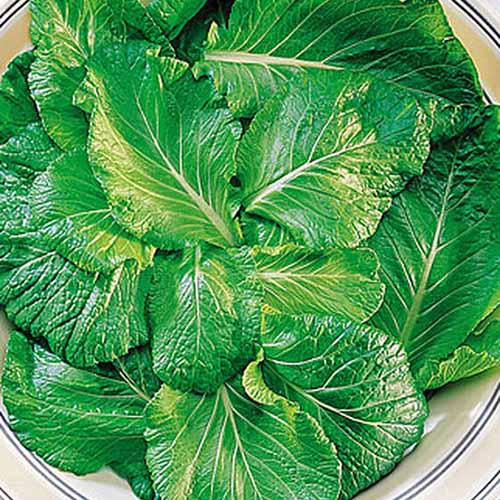
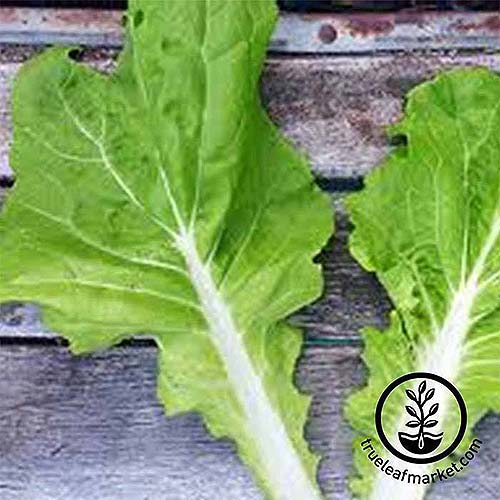
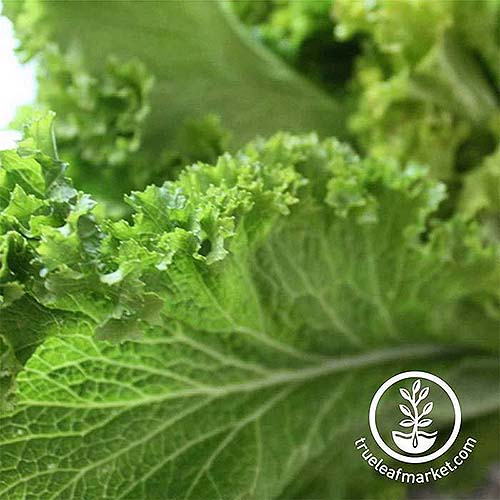

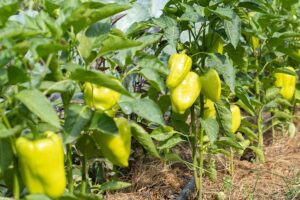
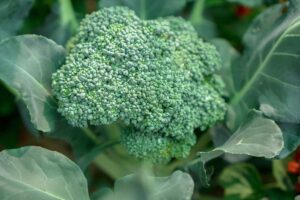
Great info and help with IDing!!
Thanks so much, Ellen Lentz Waldstein! Happy gardening.
I grow greens for restaurants. Mustards are a favorite, as are arugulas. They cross pollinate a lot and the result is some very attractive leaves with deep serrations, almost frilly leaves and various colors from lime green to deep purple. Restaurants treasure these greens. I just plant a bed with one or two types, grow and harvest until they grow to seed and dry them. I mass plant by simply rubbing the dried stems until the seeds fall to the prepared bed, water the bed and wait 2 weeks to begin harvesting. Some of these plants will survive 2 or… Read more »
Hello Carl Glanzman. I bet the restaurants you supply feel fortunate indeed to have you growing for them. Good luck with all those greens! As for the spacing question, the brassicas that will cross-pollinate must be in the same species. So, for example, broccoli, Brussels sprouts, kohlrabi, and kale, which are all Brassica oleracea could create hybrids with each other. I don’t imagine you have the space to truly isolate these species from one another. According to the USDA, you’d need to keep a half mile to a mile between species to rest assured you had isolated a particular type.… Read more »
Thanks for all of this great info on the different varieties of mustard. I’ve been looking for wasabi mustard seed for over a year now and can’t find any anywhere. Could you recommend another variety that is comparable in heat and spiciness? Thanks so much!
Maybe this Oska Purple cultivar? Also from Japan and also Brassica juncea just like wasabi mustard. Both are also use for Sushi microgreens.
How can I get some intensive mustard green’s seeds?
Many types of mustard can respond well to intensive planting and this can help to reduce weed pressure, though they will typically be more prone to pets and disease when crowded together. Feel free to experiment with any of the varieties recommended here, and be sure to pick often rather than waiting for leaves to mature fully. All of the varieties recommended from True Leaf Market above are available in bulk.
Thanks for the great information and lovely format. I especially enjoyed your humorous references (Simon and Garfunkle, Colonel Mustard, in the garden, with the hoe”) 🙂
Aw, Rosemary, you are a kindred spirit for sure. Thanks for the encouraging words…
hello…can you kindly explain me the mustard spinach or tendergreen or komatsuna …are they different or are they all the same?
Japanese mustard spinach, kabuna, tendergreen, and komatsuna are all common names for the same plant – B. rapa var. perviridis. This is a variety of B. rapa ssp. nipposinica.
green wave and wasabi the same?if not kindly tell me the differnce
While ‘Green Wave’ is a cultivated variety of B. juncea created by plant breeders, B. juncea var. wasabi is a stable hybrid that should produce true to seed, if you were to save your own. Both are spicy, and the leaves of the former are more frilly while the latter has foliage that may be more deeply scalloped.
I found this rounded crinkly light green pokey surface leafy plant growing in a corner outside. Could it be a type of mustard green? It has a similar pokey, wrinkly thin light green leaf texture of a mustard green growing in a raised bed 50 yards away in summer that went to seed. A small bite of leaf and stem tastes hot spicy like a mustard green. Did not get a bad reaction yet. I’d like to eat it raw in my salad. What do you think?
Hello, Marsha. Nice to see you are alert to the possibilities with volunteers in your yard. I’m guessing those are radishes that reseeded, but they could be a mustard as well. The leaves look bug-free, which is awesome. I would try to pick them young, before they get so big they develop an excessively bitter-hot flavor. And definitely pick what you want before they bloom, at which point the leaves are usually inedible (though the blossoms are tasty, in small quantities). Also, experiment a little if you plan to cook with them. Most mustard or radish greens will taste best… Read more »